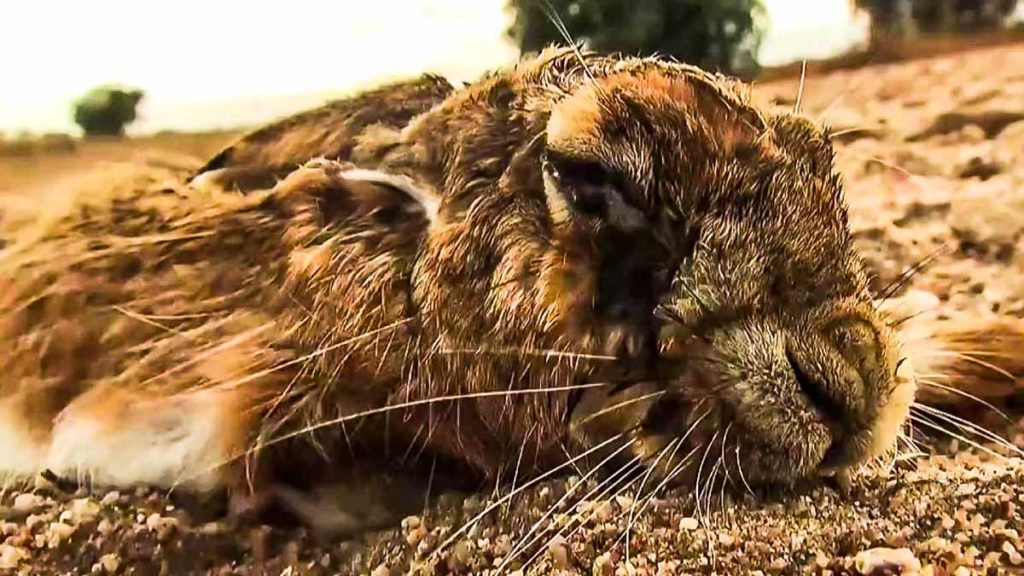Myxomatosis of Spanish hares has reached Germany

An alarming increase in the number of hares has been discovered in North Rhine-Westphalia (Germany).Lepus europaea) is seriously ill or has died. Animals exhibit typical signs myxomatosissuch as swelling of the eyelids, mucous membranes of the genital organs, inflammation of the nose and lips, as well as apathy and loss of the natural instinct to escape. This situation has caused alarm among experts and local authorities.
Myxomatosis is caused by the myxoma virus, a pathogen of the smallpox virus family. Transmission of the virus occurs through direct contact between animals, contaminated food, non-living vectors and blood-sucking insects such as mosquitoes and fleas. Fortunately, the myxoma virus is harmless to humans.
From rabbits to hares

Historically, outbreaks of myxomatosis in Germany mainly affected wild rabbits (Oryctolagus cuniculus), causing a high mortality rate. However, the recent increase in the number of infected hares is unusual and has caused concern among scientists.
Thanks to modern molecular studies such as genome sequencing and real-time PCR, a variant of the myxoma virus was identified for the first time in several German brown hares. This variant of the virus was originally discovered in Iberian hares. (Lepus pomegranate) in Spain and Portugal in 2018.
Additional research into the distribution and characteristics of this variant is currently underway. These studies are coordinated by the Research Center for Hunting Research and Hunting Damage Prevention (LANUV) in collaboration with chemical and veterinary research offices and the Friedrich Löffler Institute. The goal is to better understand this new threat and develop effective strategies to control it.
Vaccine against myxomatosis of hares
In Spain Project SOS Iberian hareinterdisciplinary research promoted by Labiana, working on developing a vaccine against myxomatosis of the white hare. This project involves various public and private organizations related to animal health and the hunting sector. International collaboration and knowledge sharing are critical to combating this new myxoma virus variant.
The situation in North Rhine-Westphalia highlights the importance of ongoing surveillance and research into wildlife diseases. Myxomatosis not only poses a threat to hare and rabbit populations, but can also have significant impacts on local ecosystems. Early detection and rapid response are essential to mitigate the effects of this disease and protect biodiversity.

